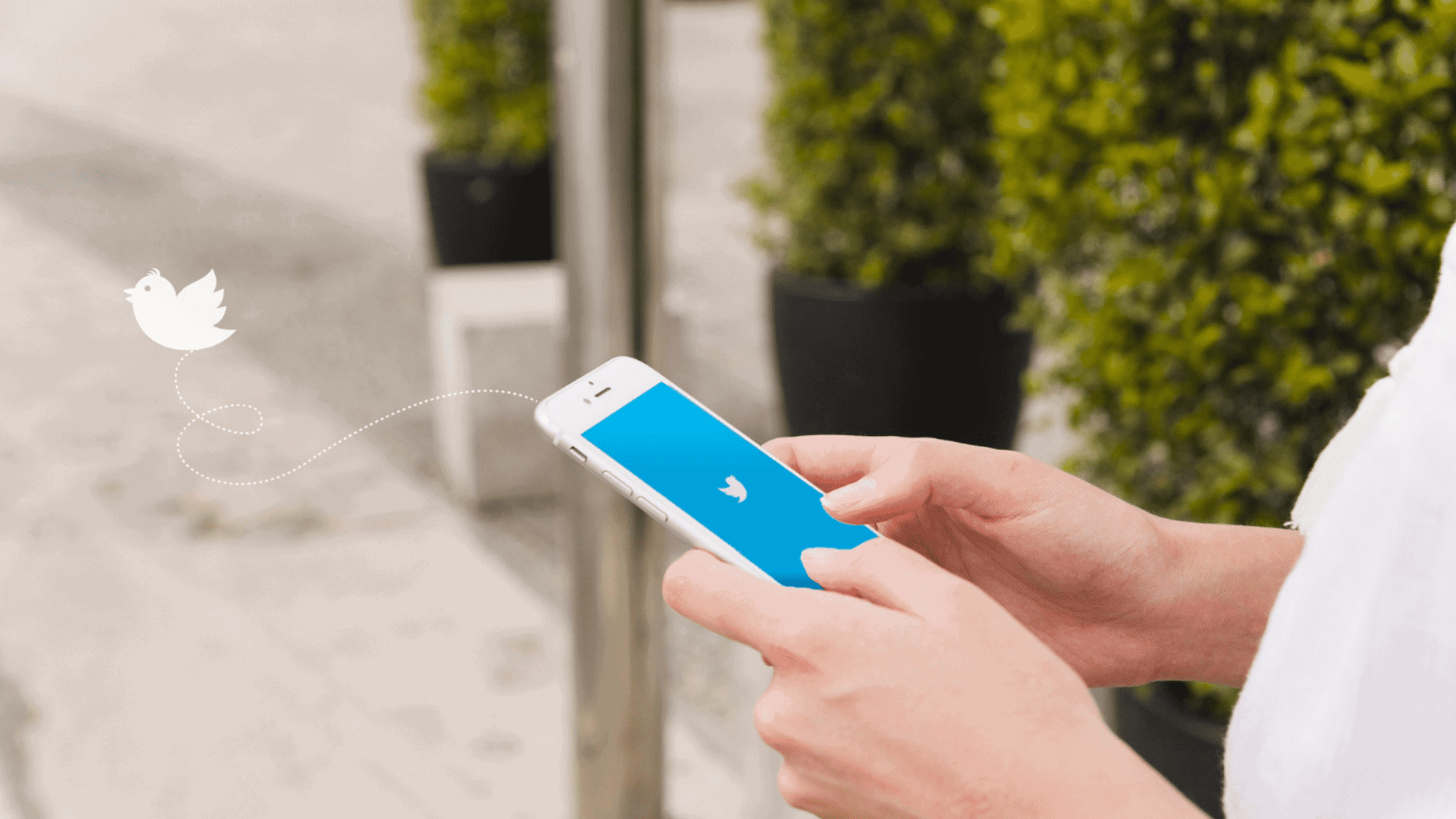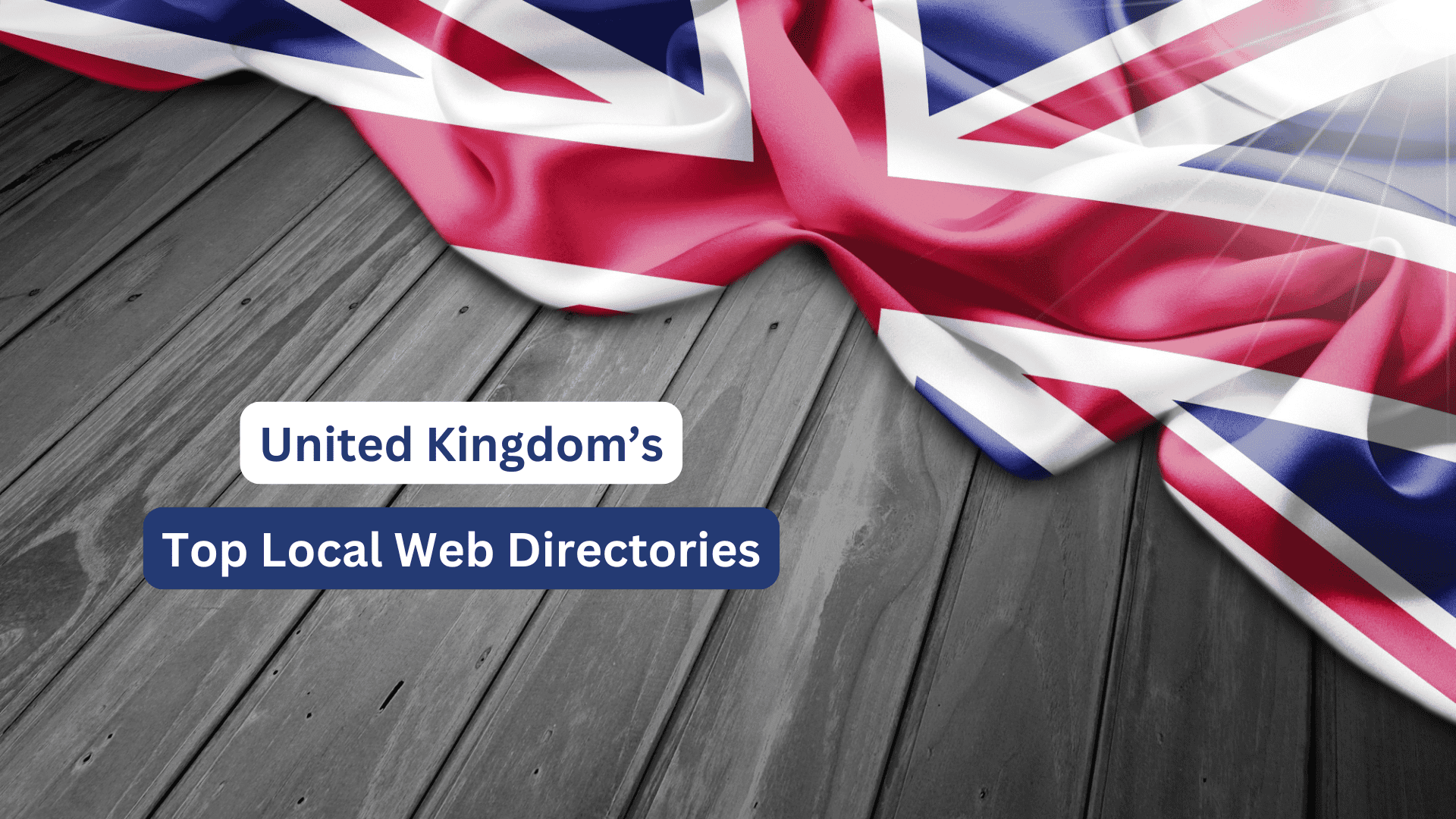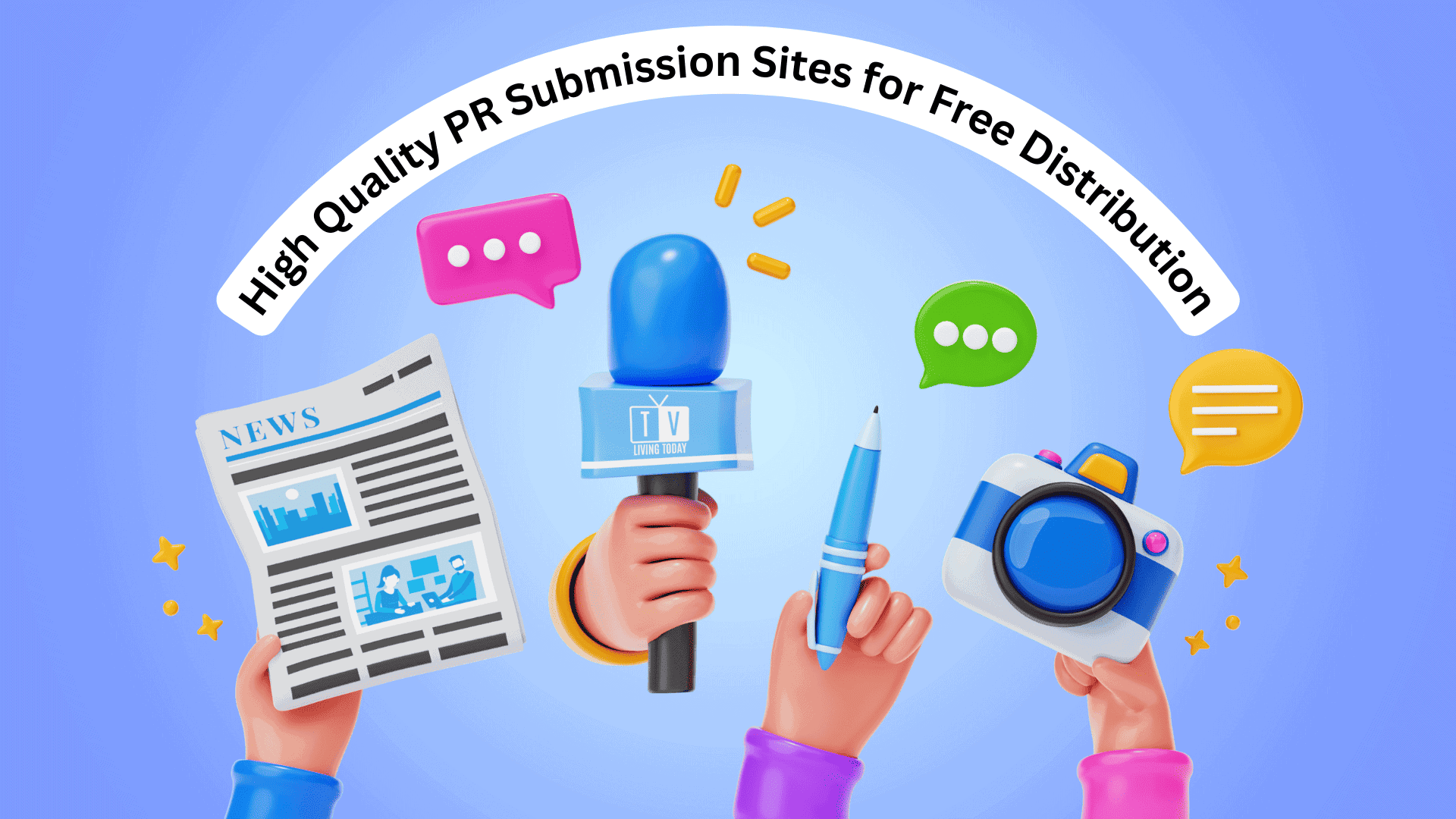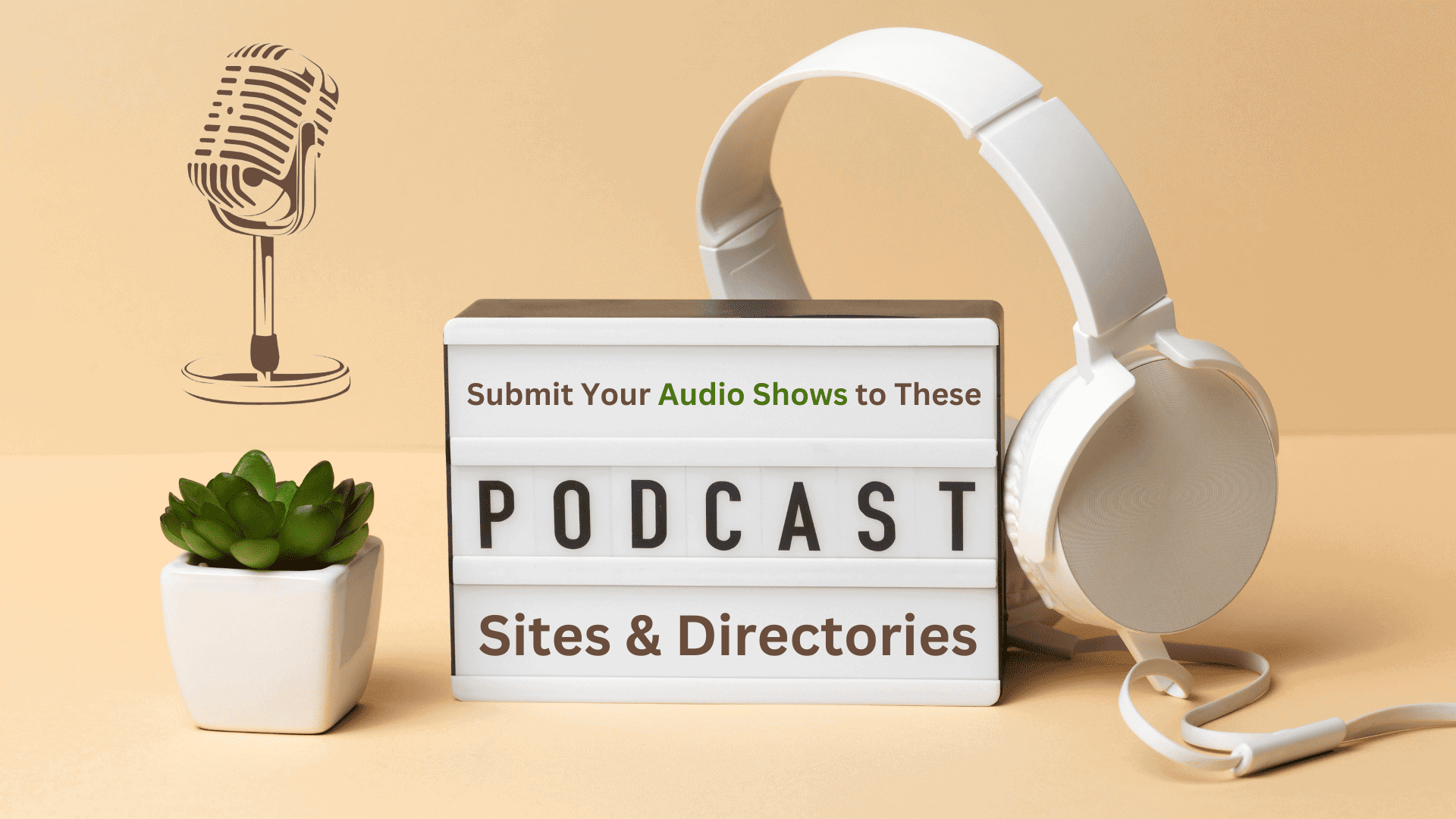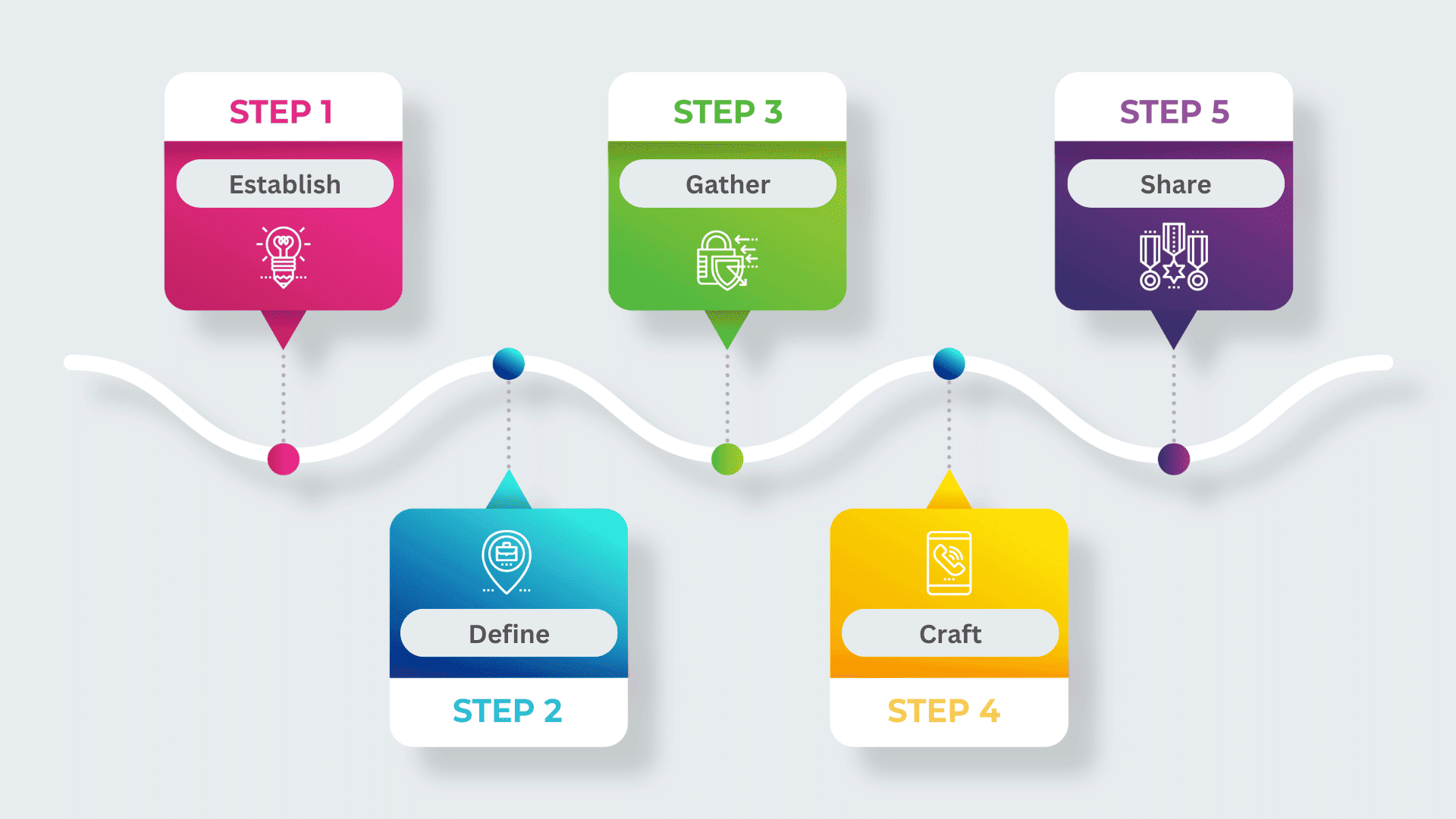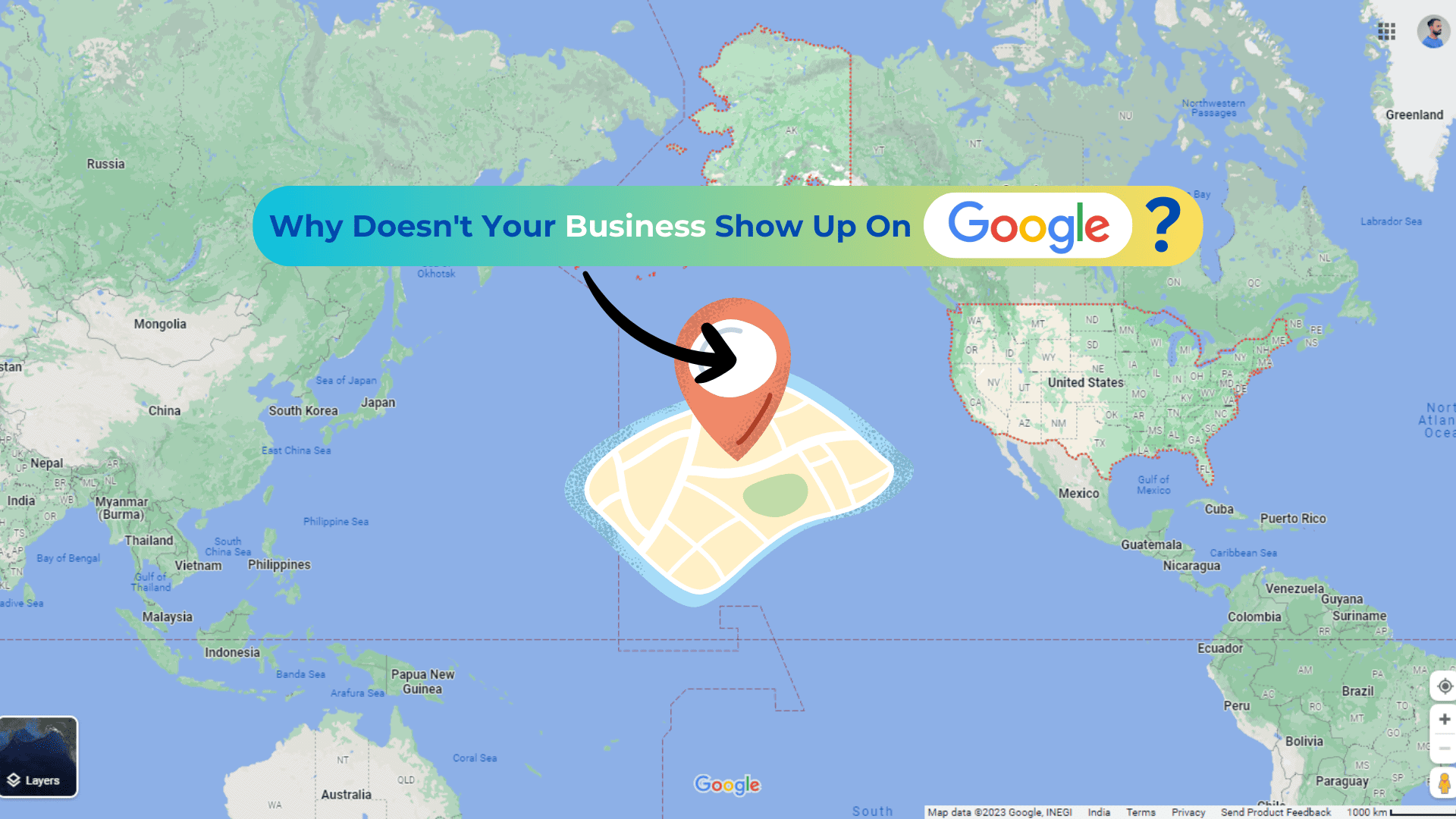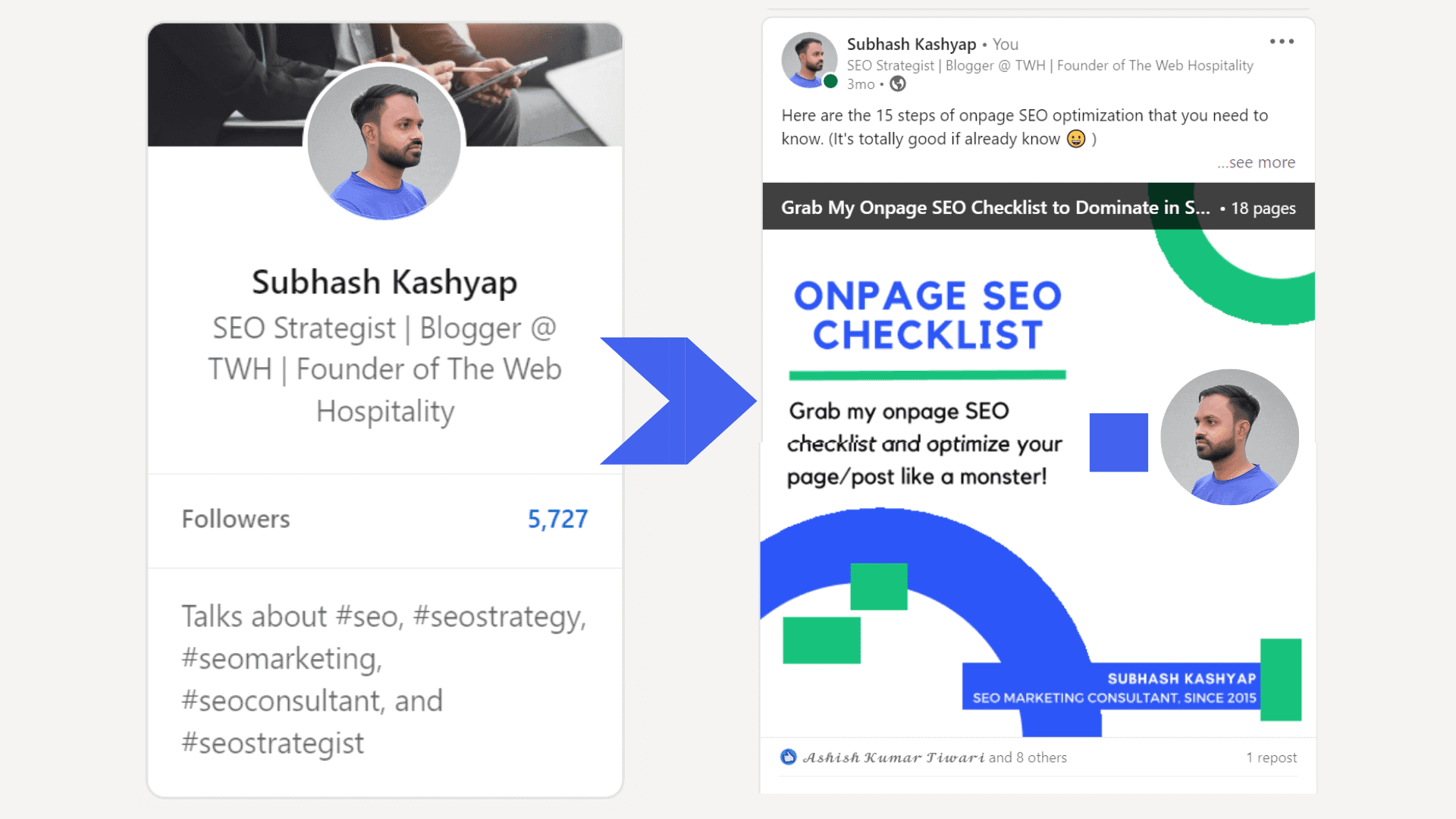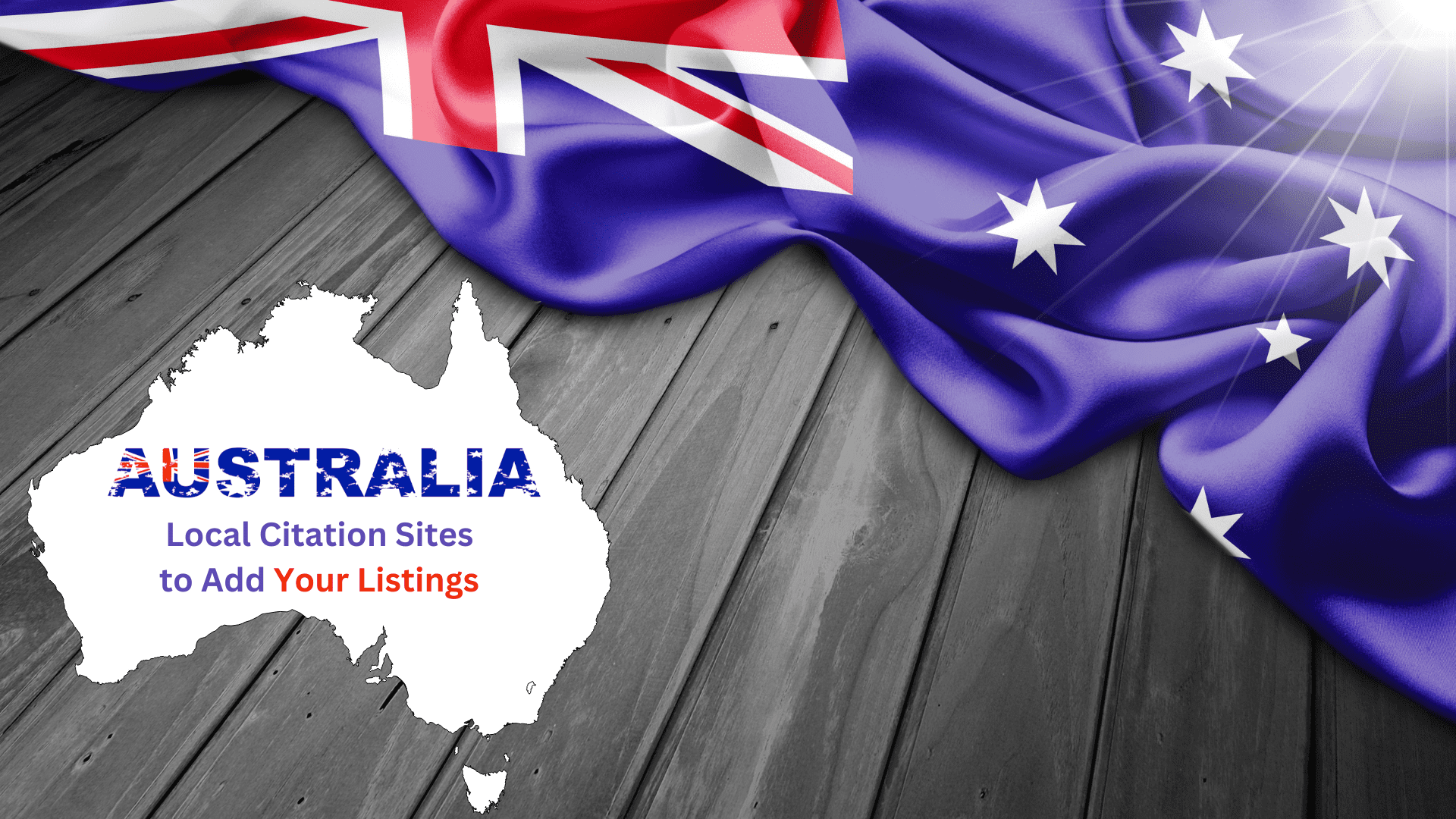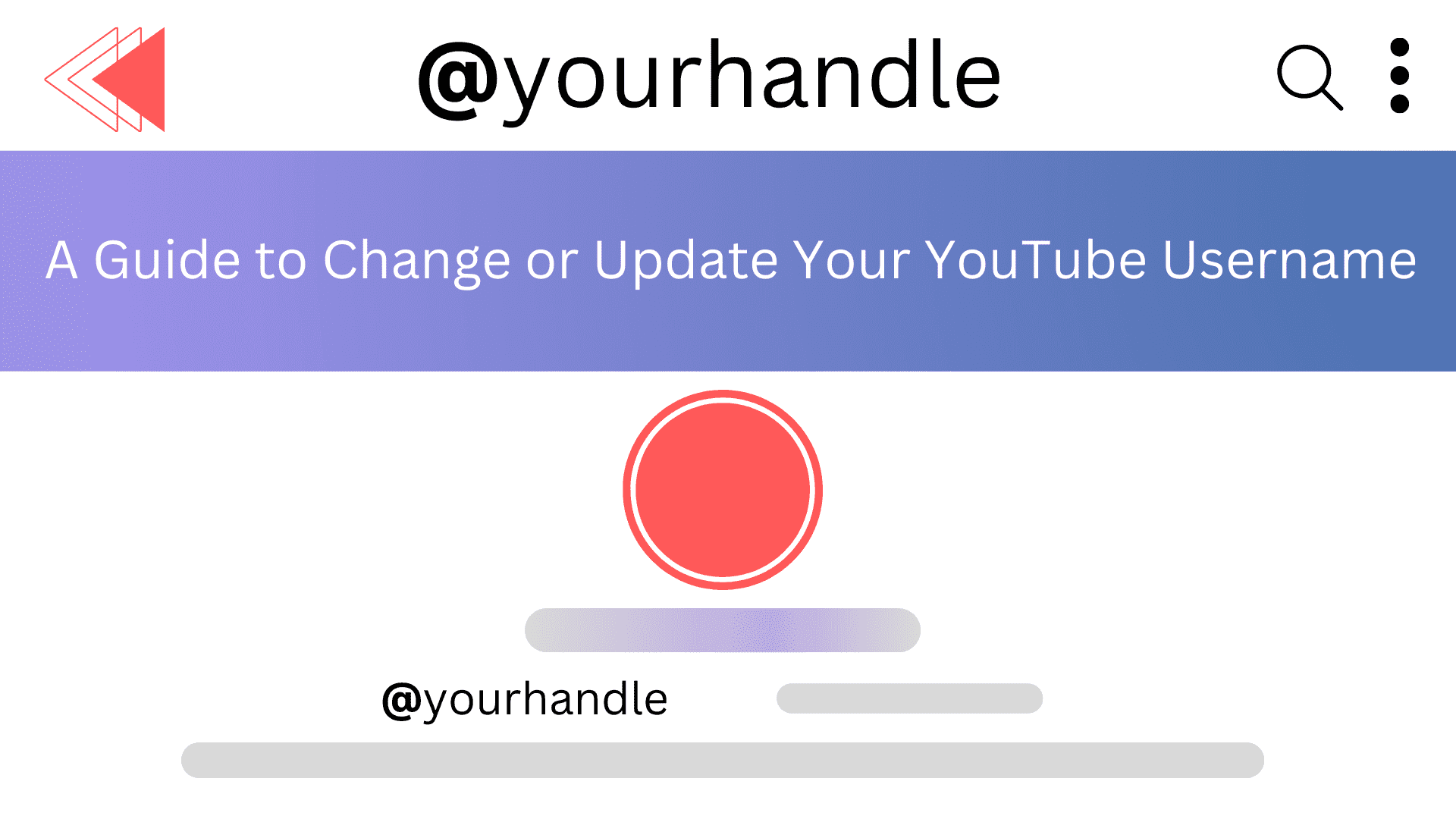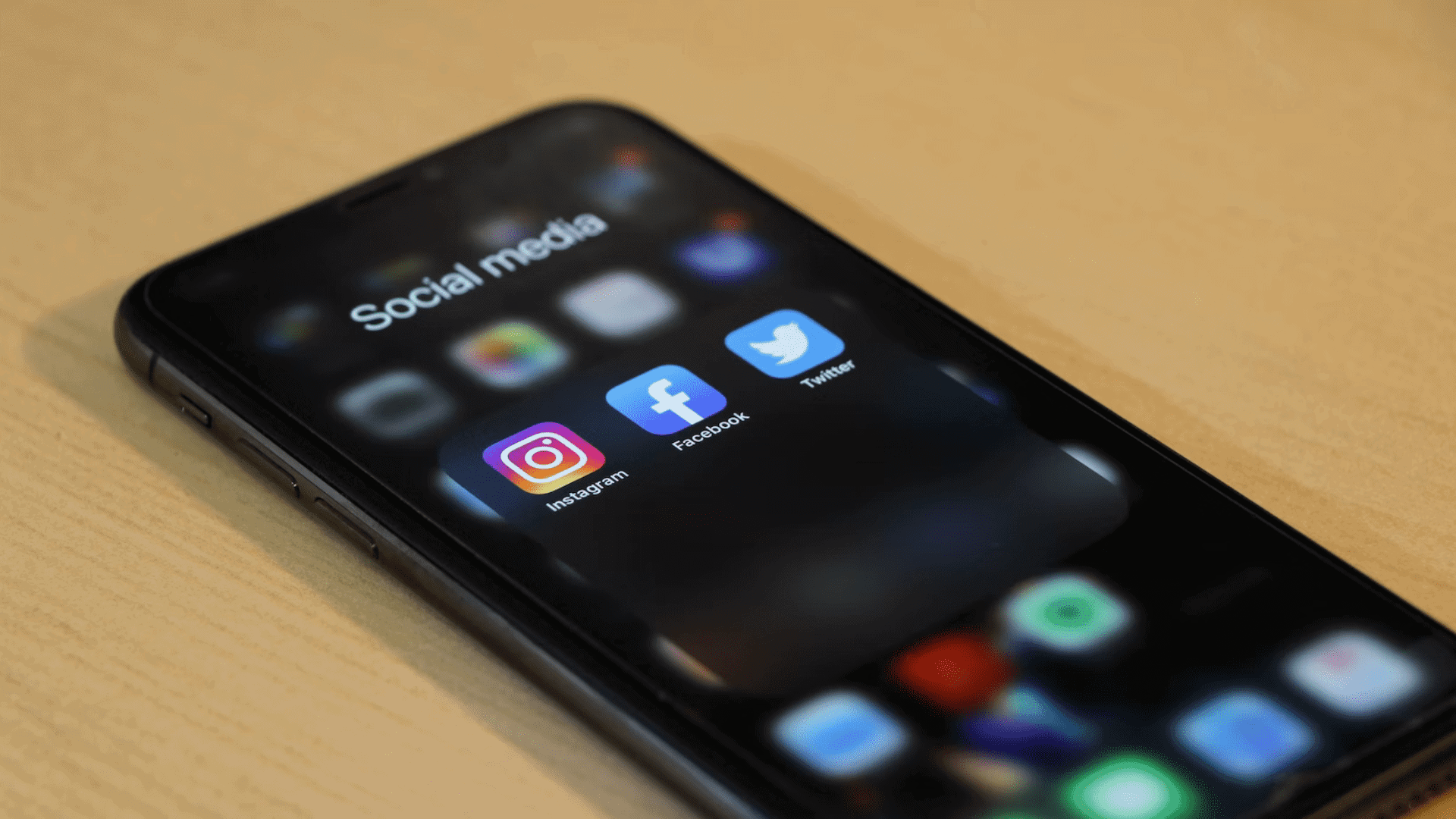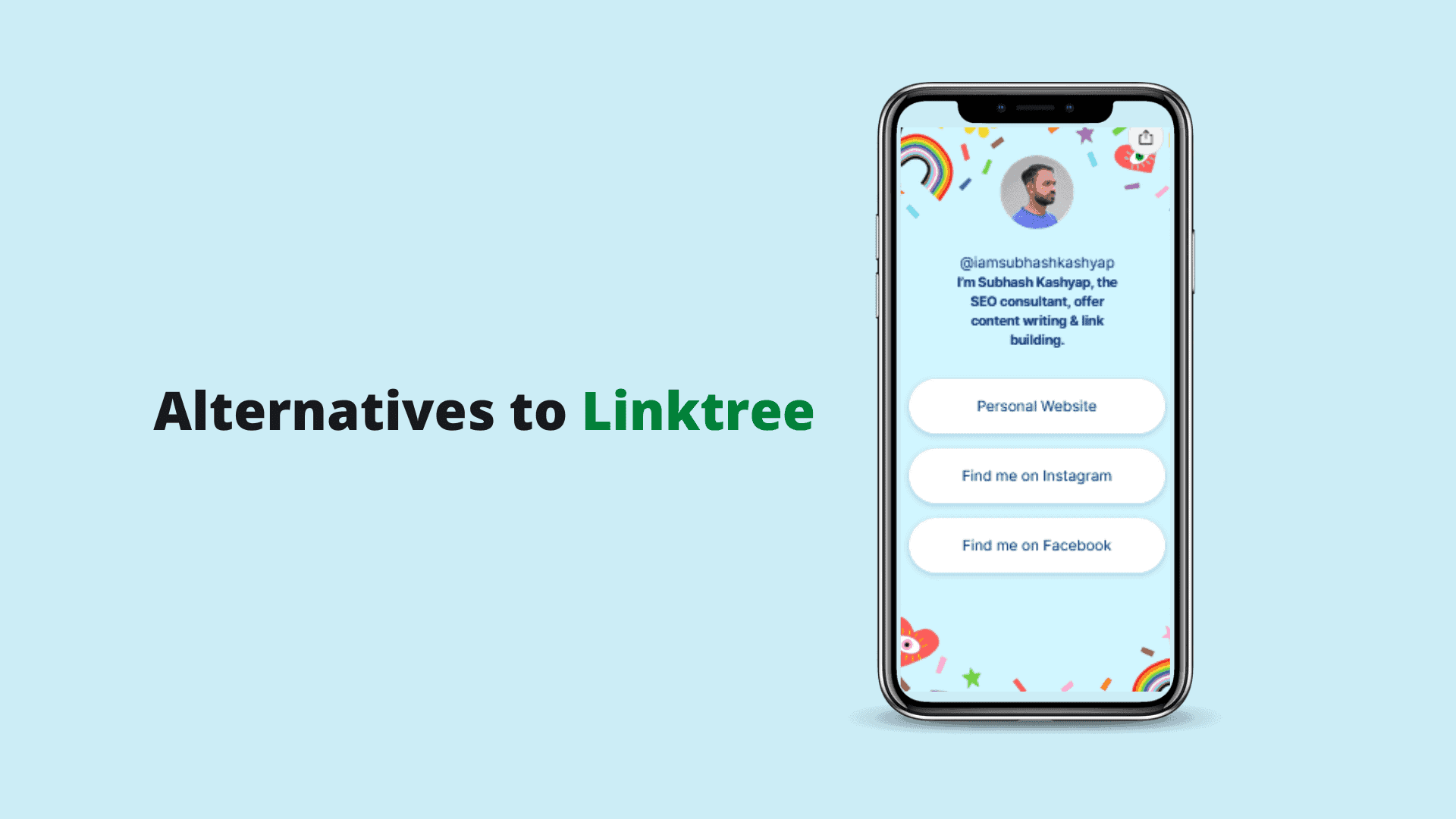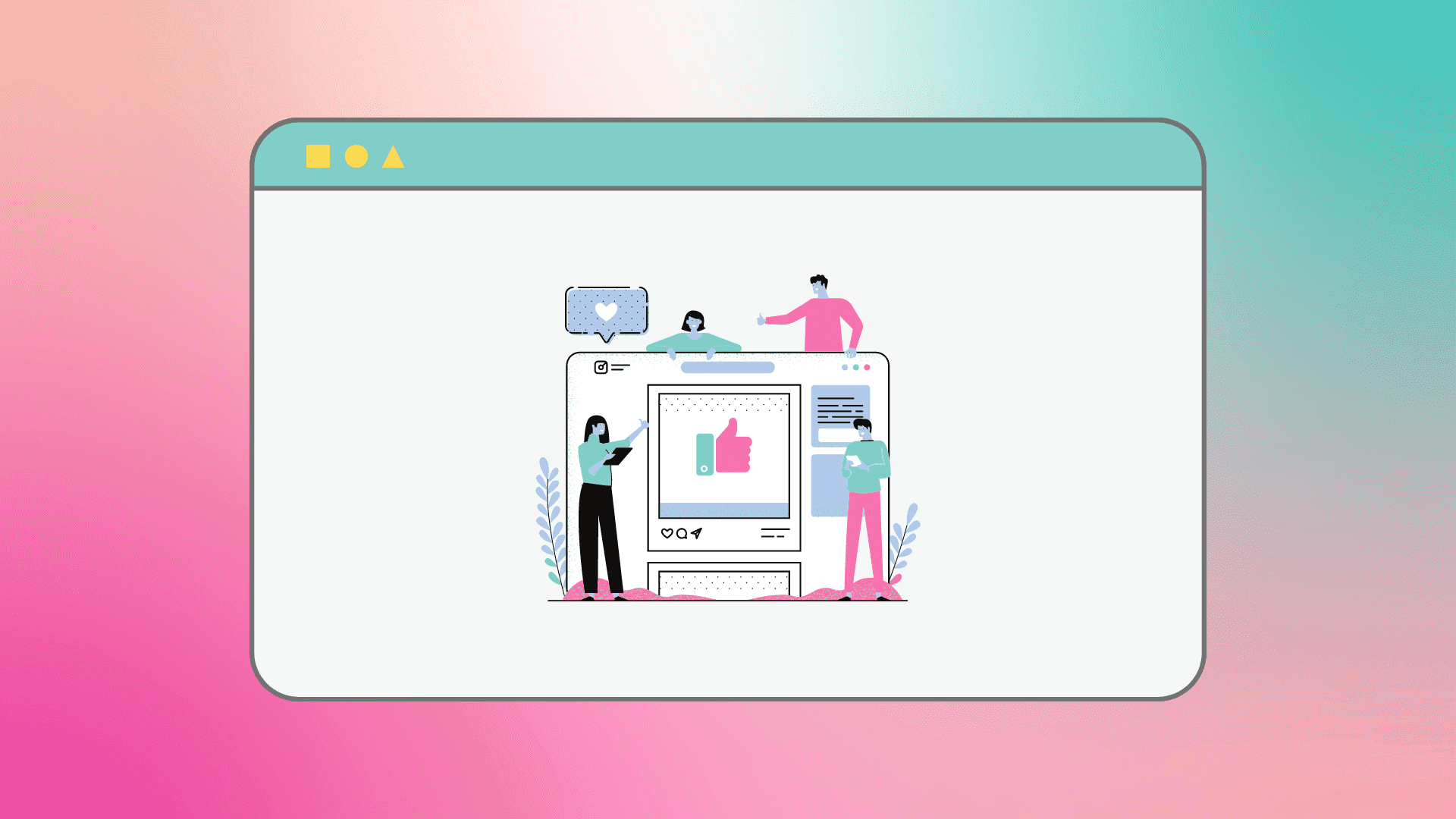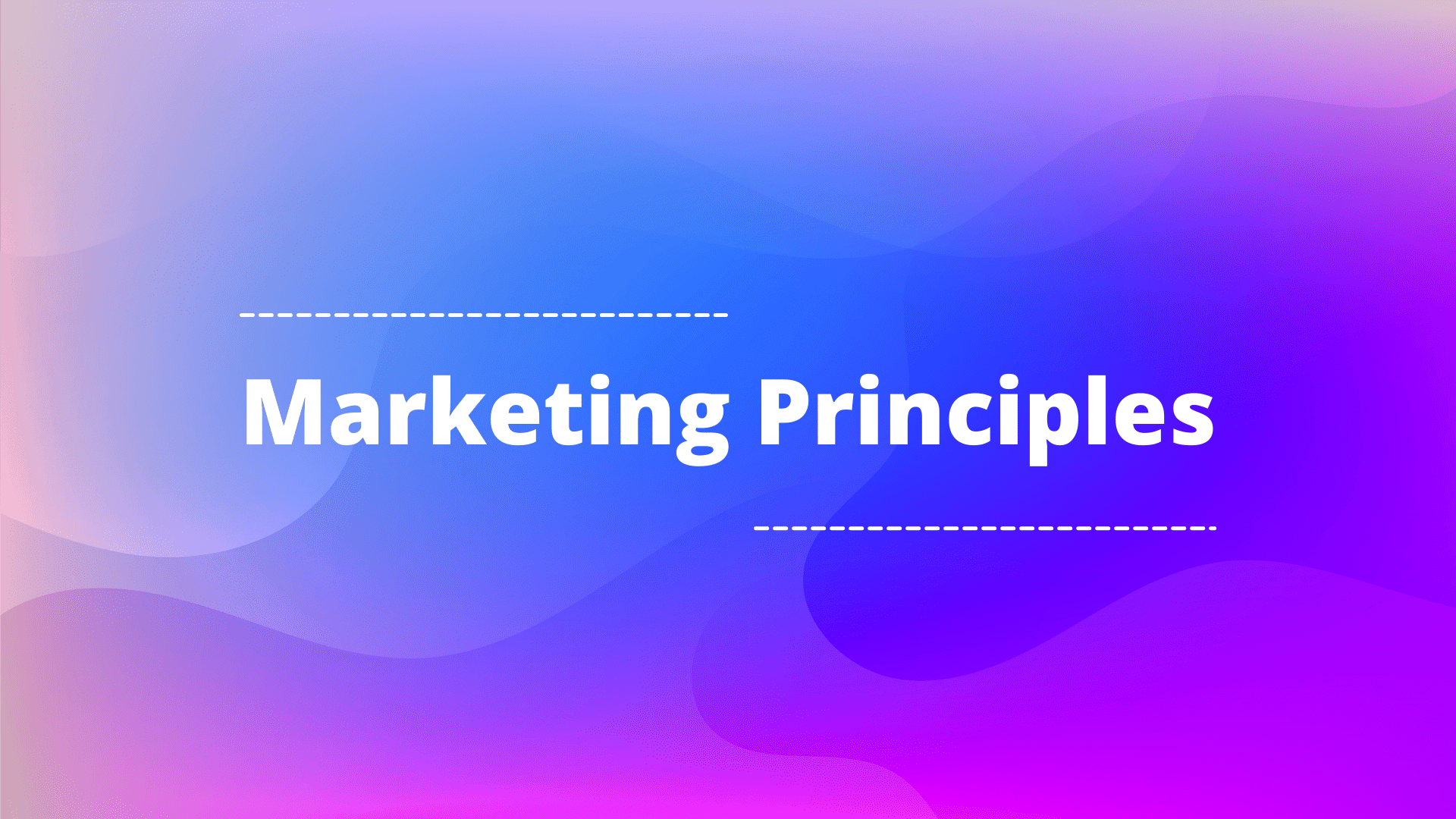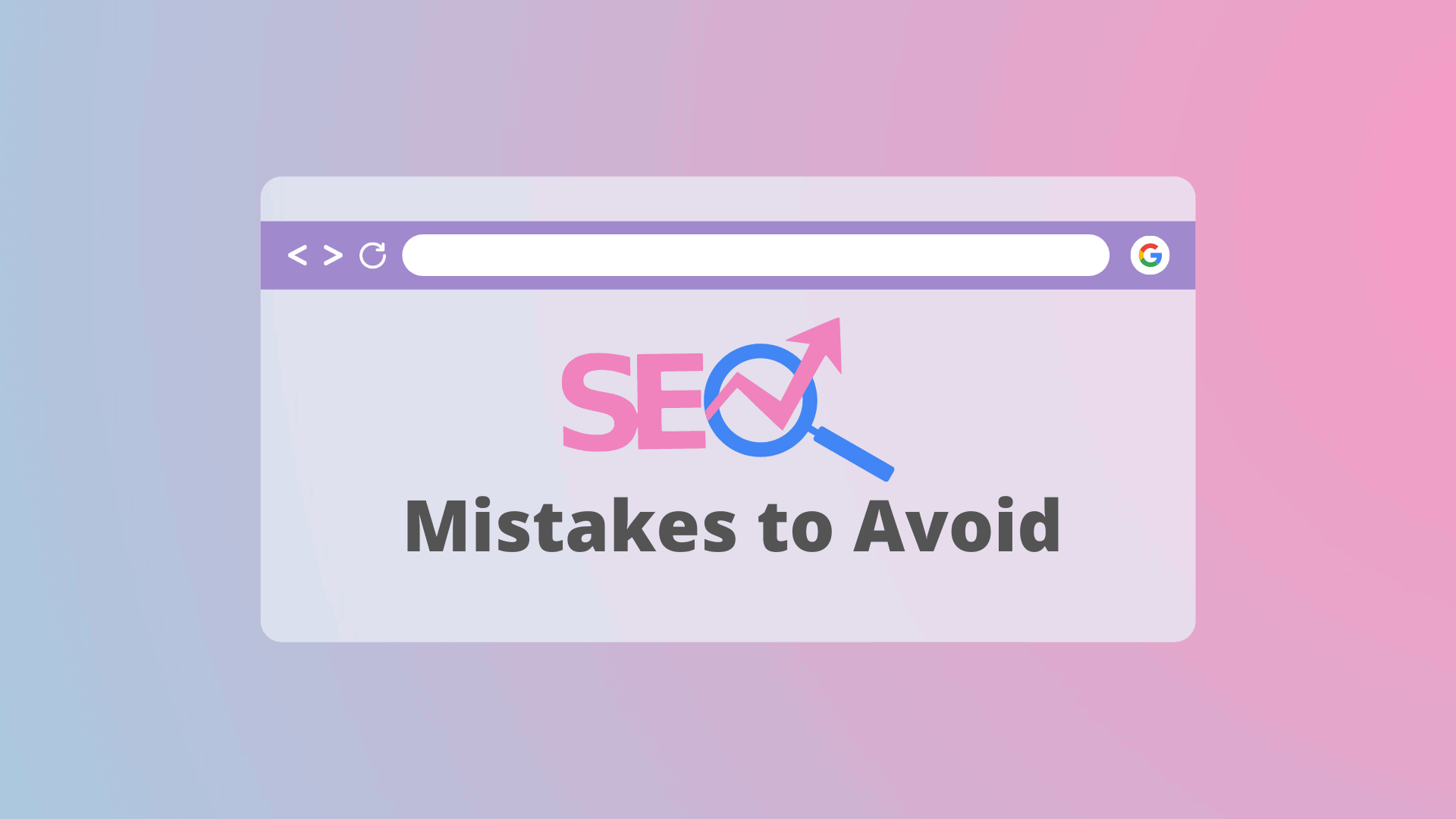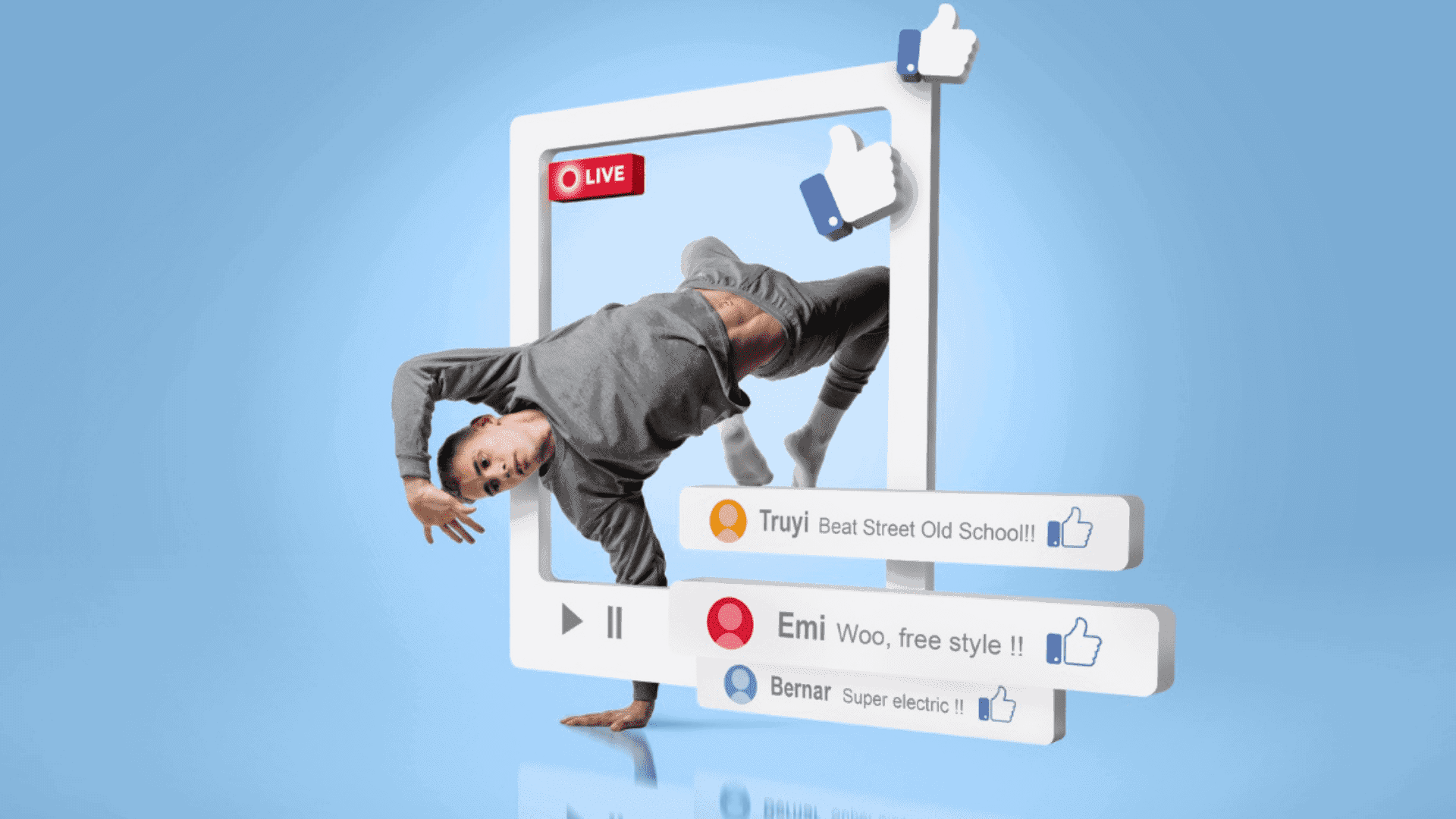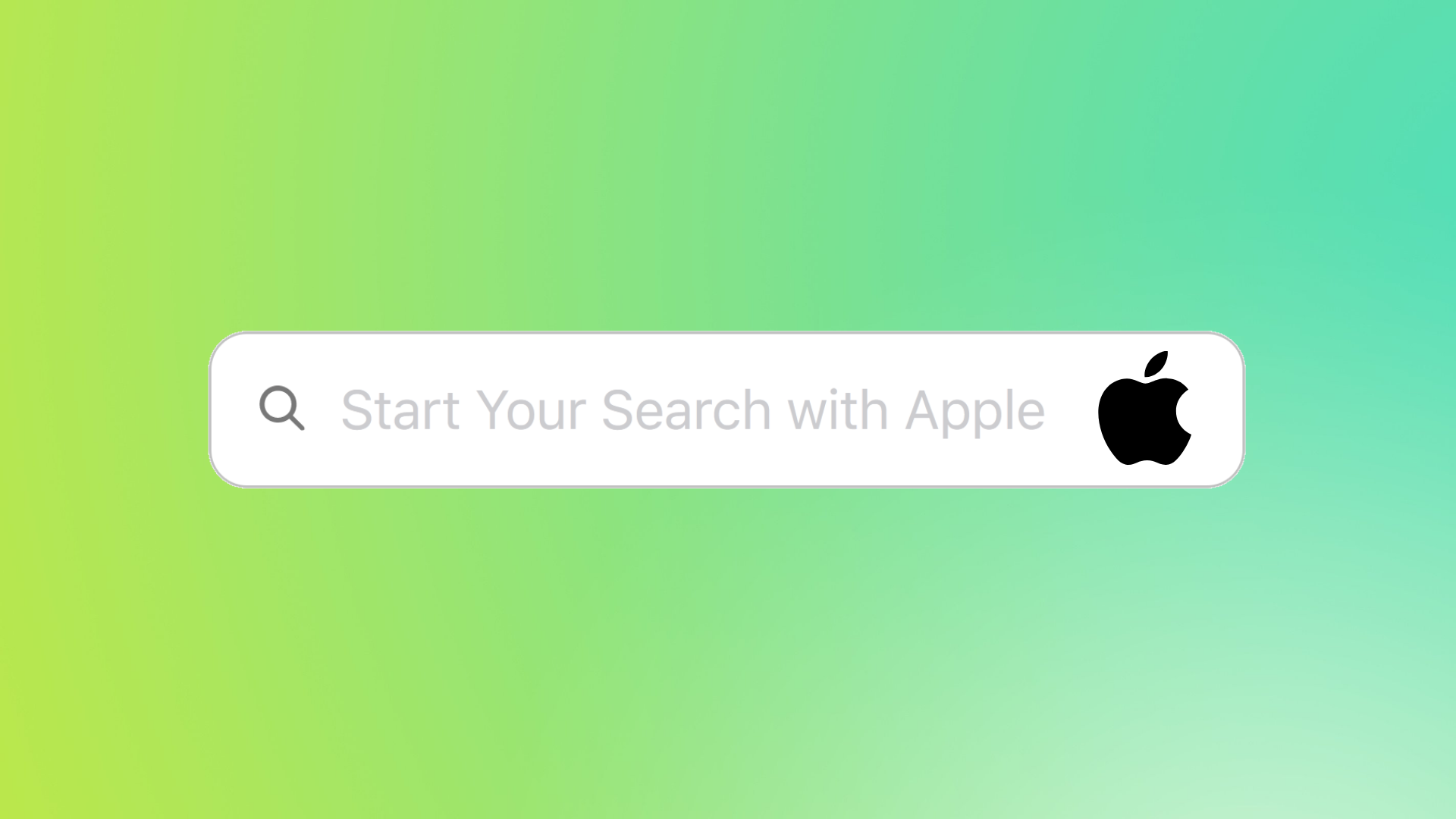How to Use Twitter Spaces for Marketing in 2025: A Complete Guide for Brands
Twitter spaces are not just another digital feature for brands—it’s a chance to actually talk to people, not just post at them.
You can ask questions, share updates, and show your audience that there are real humans behind the logo.
Throughout this guide, I’ll walk you through exactly how to use Twitter spaces to have real conversations, build trust, and help your brand grow in 2025 — one step at a time.
What’s Twitter Spaces All About?
If you’ve ever wanted to host a podcast without the tech setup, Twitter spaces is your go-to option.
It’s a feature that lets you have live audio conversations right on Twitter — open, real-time chats where anyone can tune in or join the discussion. No cameras, no filters — just voices and real talk.
Why it’s a win for marketers:
- It gives your brand a voice — literally.
- You can hear what your audience thinks in real time.
- It helps build honest, two-way relationships.
- Your followers get to know the people behind the brand.
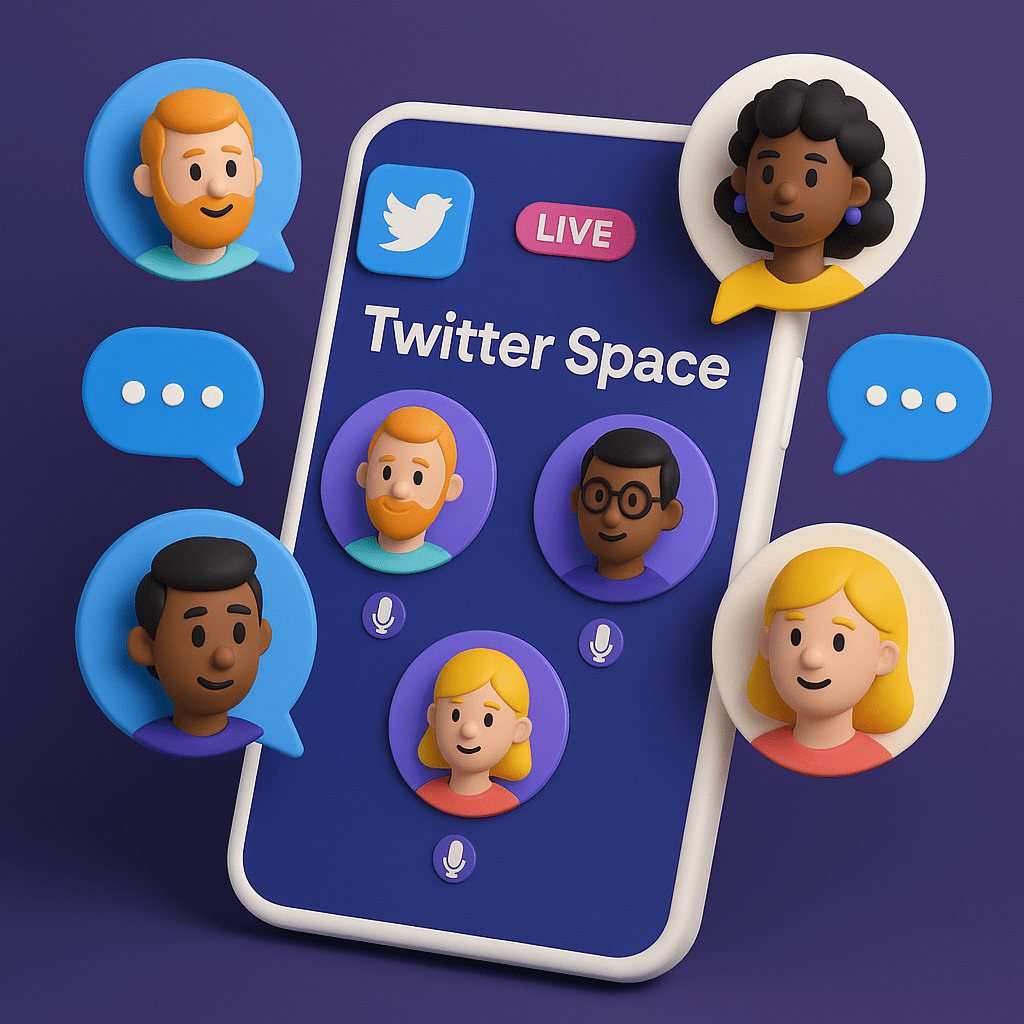
Step 1: Complete Your Twitter Profile
Your Twitter profile is more than just a digital ID — it’s where first impressions happen. Think of it like your brand’s quick pitch: people glance at it and decide within seconds whether they want to follow you or not.
Make sure you’ve got these basics locked in:
- @Handle that makes sense: Keep it close to your brand name so people can find and tag you easily.
- Profile photo that stands out: Use your logo or a friendly brand mascot — whatever represents you best.
- Bio with some personality (and keywords): Say what you do, but in a way that feels natural. Hashtags can help with visibility too.
- Link and location: Add your website and where you’re based. It adds trust and gives people a path to explore more.
- Established date or mission: Mentioning when you started or why you exist helps people connect with your story.
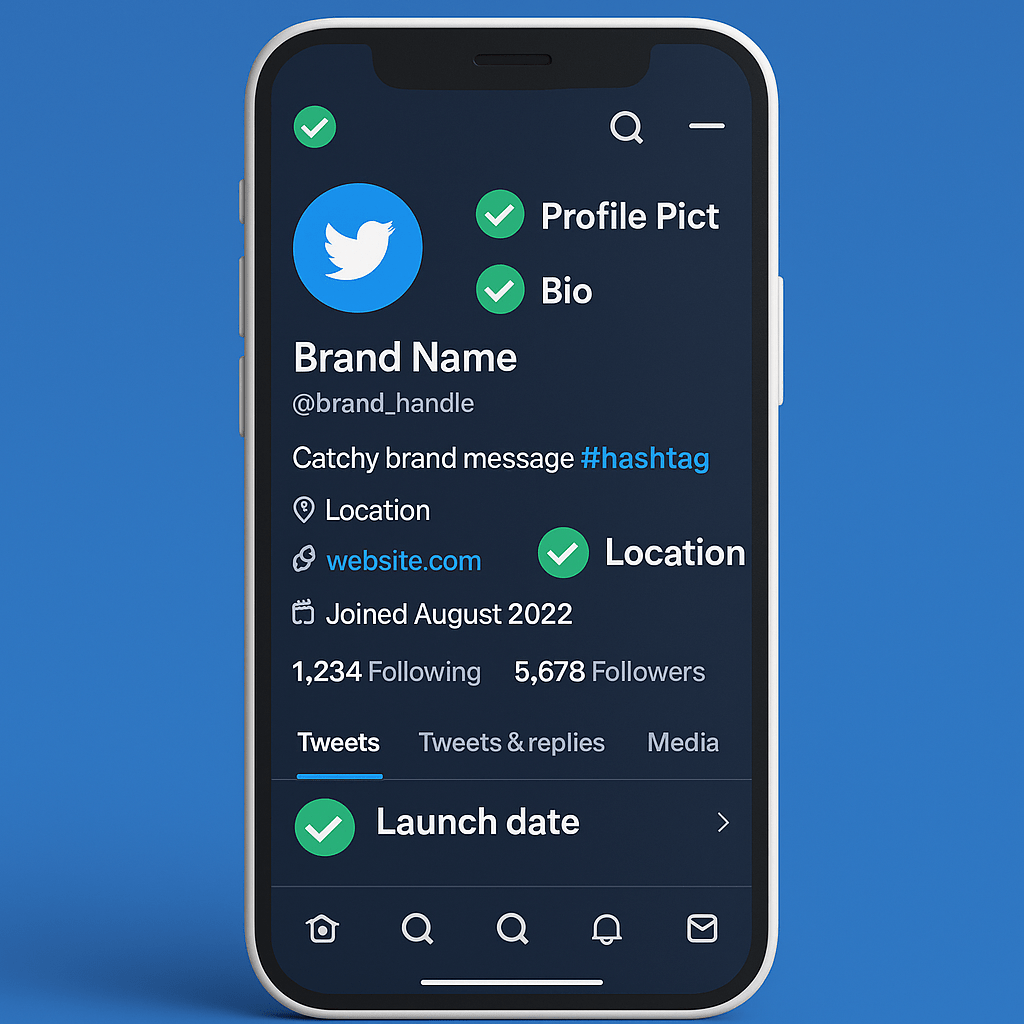
Step 2: Audit Your Twitter Account
Okay, before jumping into Twitter Spaces, take a few minutes to look at your current Twitter setup. Not the fancy stuff — just the basics. Sometimes, we post and post without really checking what’s connecting and what’s just floating out there.
Breakdown:
- Hashtags: Are the ones you’re using even helping? If you’re not seeing much activity, maybe it’s time to switch them up.
- Your popular tweets: Which ones got people clicking, liking, or commenting? Those are probably worth repeating in some way.
- Your followers: Who’s actually following you? Do they match the kind of folks you’re trying to reach?
- Your look and tone: Does your Twitter profile feel like the rest of your brand? No pressure — just worth a quick comparison.
- Some tools if you need them: Twitter Analytics, Hootsuite, or even a manual scroll can show what’s landing.
It doesn’t have to be perfect — just take a peek. You might be surprised by what you learn.
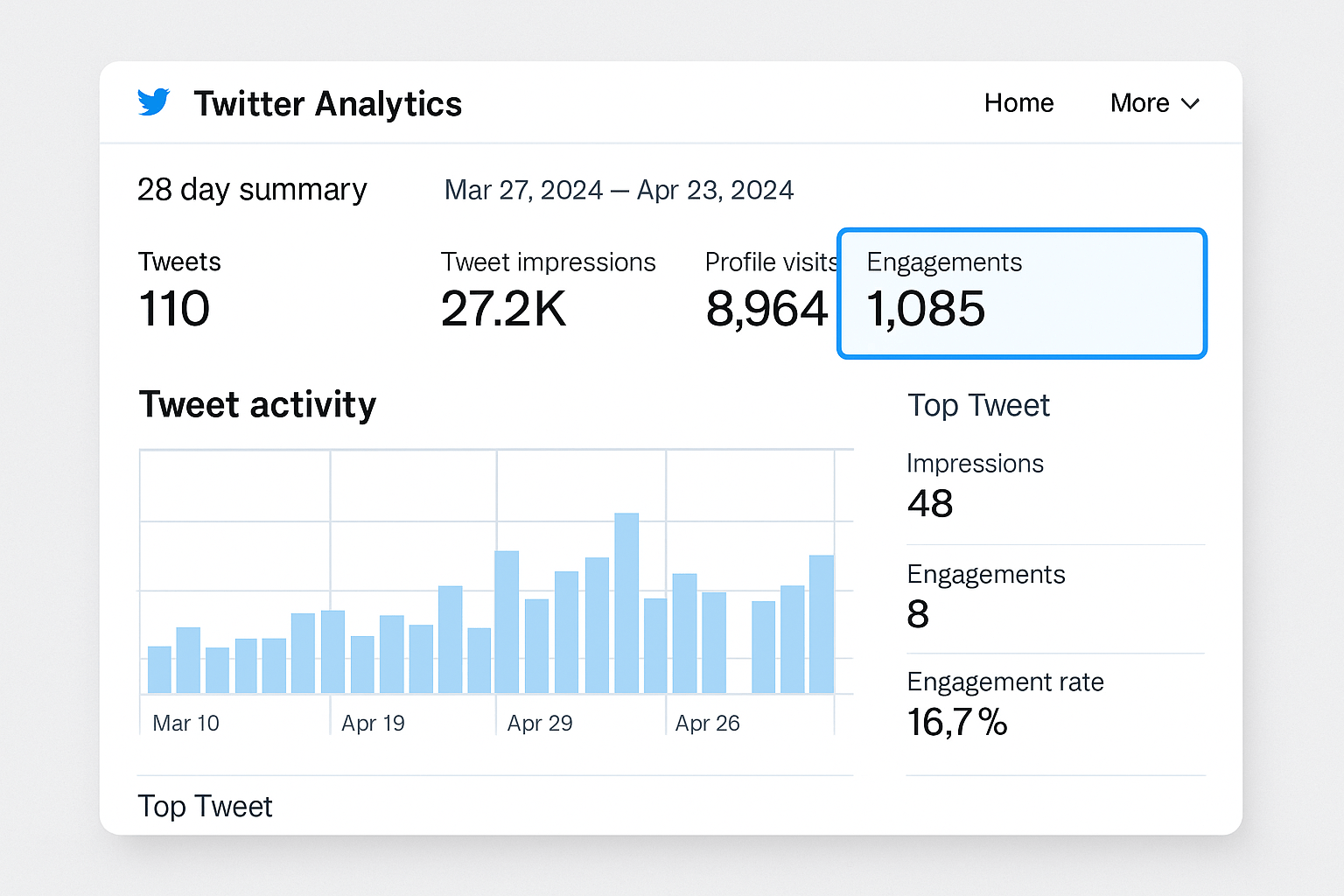
Step 3: Set SMART Goals for Twitter Spaces
Before you jump into hosting Spaces, take a second to ask yourself: “Why am I doing this?”
If the answer is just “because everyone else is,” it’s time to dig deeper.
The SMART goal method helps — yeah, it’s kind of old-school, but it works if you keep it simple:
- S – Specific: Say what you want to do — something like “host 3 Spaces on how to grow Twitter engagement.” Not just “do Twitter better.”
- M – Measurable: Can you count it? Track how many people showed up, shared it, or listened to the replay.
- A – Attainable: Keep it realistic. You probably won’t get a massive crowd on day one — and that’s totally fine.
- R – Relevant: Make sure your topic connects with what your brand actually does. Random chats won’t move the needle.
- T – Time-bound: Give yourself a deadline. Even a simple one like “get 100 new followers this month” can keep you focused.
You don’t need to be perfect — just pick goals that are real, make sense for your brand, and give you something to look back at later.
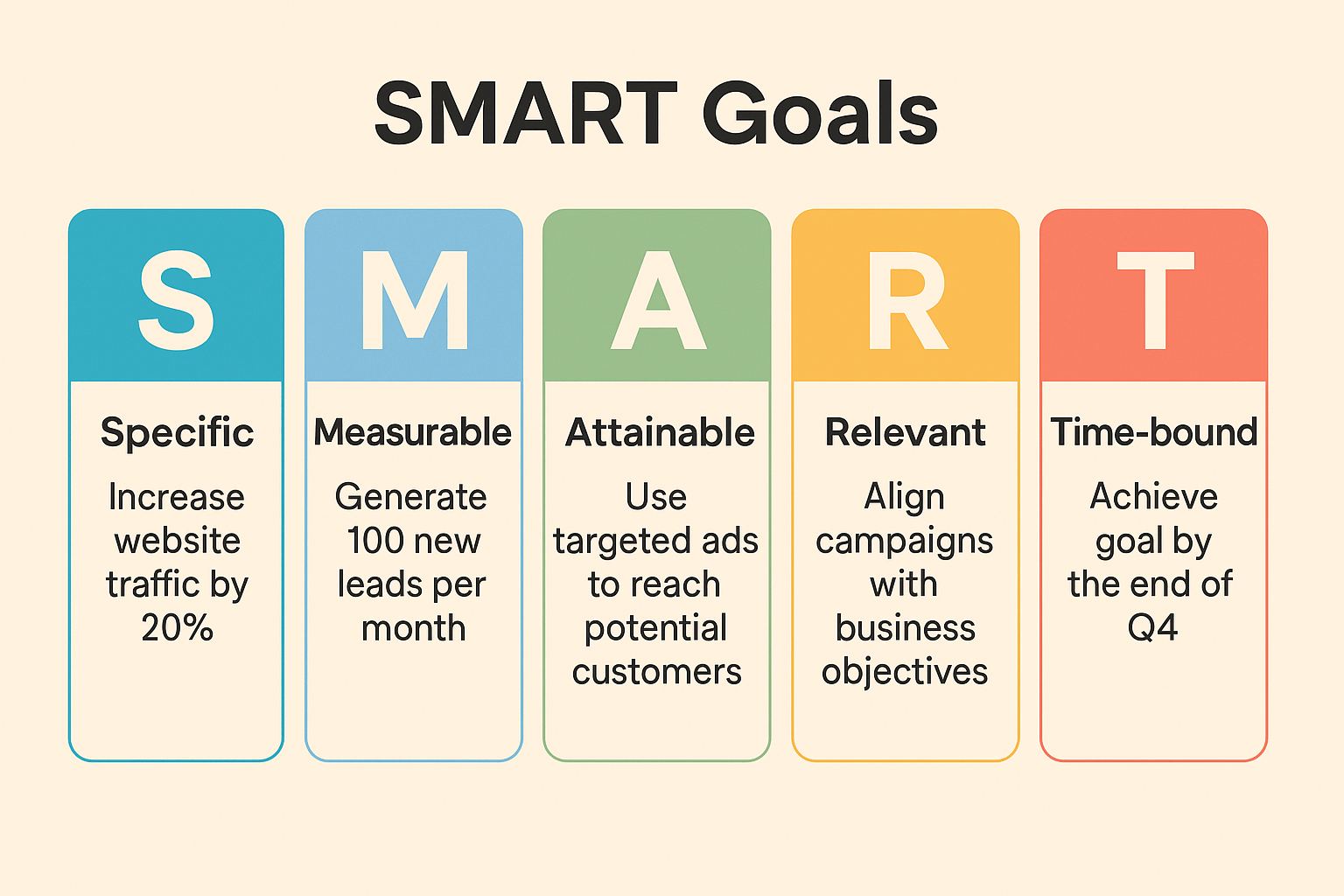
Step 4: Assign Roles in Your Twitter Team
Once things pick up, Twitter can’t be a one-person show. Giving team members clear roles keeps everything running smoother and avoids overlap or confusion.
Role Suggestions:
- The Host: Runs your Twitter Spaces or live tweets during events. Keeps things flowing and makes sure people feel heard.
- The Content Brain: Handles the posts, visuals, captions, and scheduling — and makes sure everything looks and sounds like your brand.
- The Numbers Person: Tracks what’s working by watching likes, clicks, replays, and all that good data.
- The Community Voice: Chats with followers, answers DMs, and builds relationships in the comments.
Use platforms like Slack, Notion, or Trello to streamline communication and keep tasks organized.
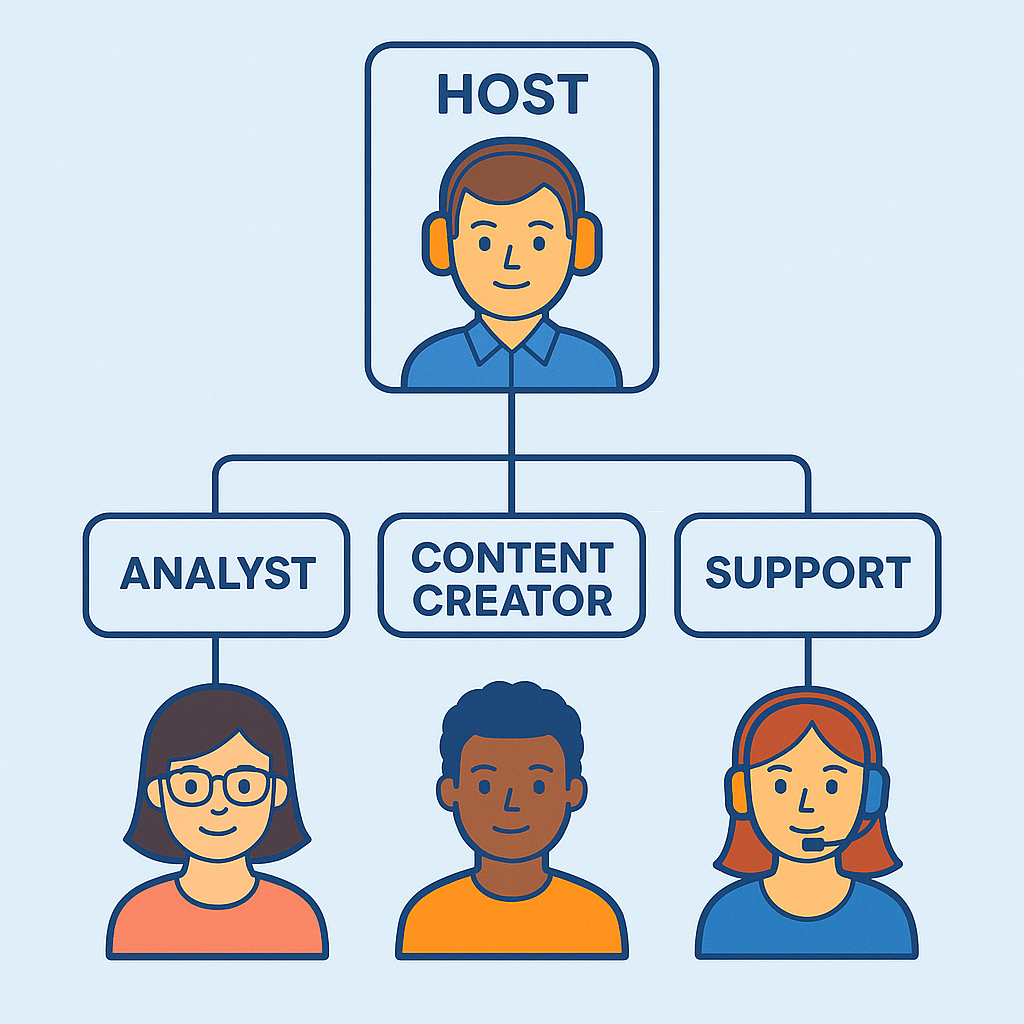
Step 5: Develop Your Brand’s Twitter Voice
Let’s be real — no one wants to read tweets that sound like they were written by a robot. If your brand sounds stiff or overly “salesy,” folks will just keep scrolling.
Instead, write like there’s a human behind the account (because, hopefully, there is).
Tips:
- Emojis? Totally fine. Just don’t go wild with them. One or two can add some friendly energy.
- Drop the corporate buzzwords. Seriously. Say what you mean — clearly and casually.
- Use a little humor, or just be kind. Whatever feels natural for your brand. That stuff sticks with people.
Your tone should feel like someone who gets their audience — not like someone reading off a script.

Step 6: Tweet at the Right Time
Have you ever posted something and it just… goes nowhere? Doesn’t mean the tweet was bad — might’ve just gone out when no one was paying attention.
In my experience, the sweet spots are early in the morning — like, after 8 AM, when people are scrolling while getting ready for work. Evenings work too, especially after dinner. I’ve seen tweets do surprisingly well after 6 or 7, when folks are winding down.
Weekends are a little more relaxed. Midday has worked for me — around lunchtime, or that quiet late-afternoon scroll people do when they’re just hanging out.
And honestly, if you don’t feel like timing it perfectly yourself, scheduling tools like TweetDeck or Buffer make life easier. Set it and move on.
Step 7: Use Visuals That Make People Pause
Let’s face it — plain text tweets can be easy to scroll past. A good image or short video can stop the scroll and grab attention fast.
- Images: Go for bold colours and clean layouts. Tools like Canva make it super easy, especially for branded templates. Real-life photos? Even better. They feel authentic — behind-the-scenes stuff works great here.
- Videos: Keep it short. Twitter caps you at 2 minutes 20 seconds, but honestly, under a minute often performs better. Add captions — a lot of people watch with the sound off. And stick with the usual 16:9 format so it looks clean on the feed.
- GIFs: Perfect when you want to add a little humor or a reaction. Just watch the file size — under 15MB loads faster and avoids issues.
In the end, your visuals should do at least one of three things: tell part of the story, show your brand’s vibe, or give people a reason to stop and look.
Step 8: Ideal Tweet Length for Engagement
Tweet length plays a major role in how well your content performs. Tweets that are too short may not provide enough context, while long ones may get skipped.
- Best engagement: 71–100 characters: This range is long enough to convey value but short enough to be easily readable on any device. It’s the sweet spot for likes, replies, and retweets.
- With link: 94–123 characters: If you’re adding a URL, keep your message tight. This character range ensures the link stands out and your message doesn’t get truncated.
- Worst engagement: Under 20 characters: These tweets often lack context, appear vague, and may not prompt any reaction from followers.
Pro Tip: Use emojis to add visual appeal or bullet points to break up information. This boosts readability and makes your tweet stand out in fast-scrolling feeds.
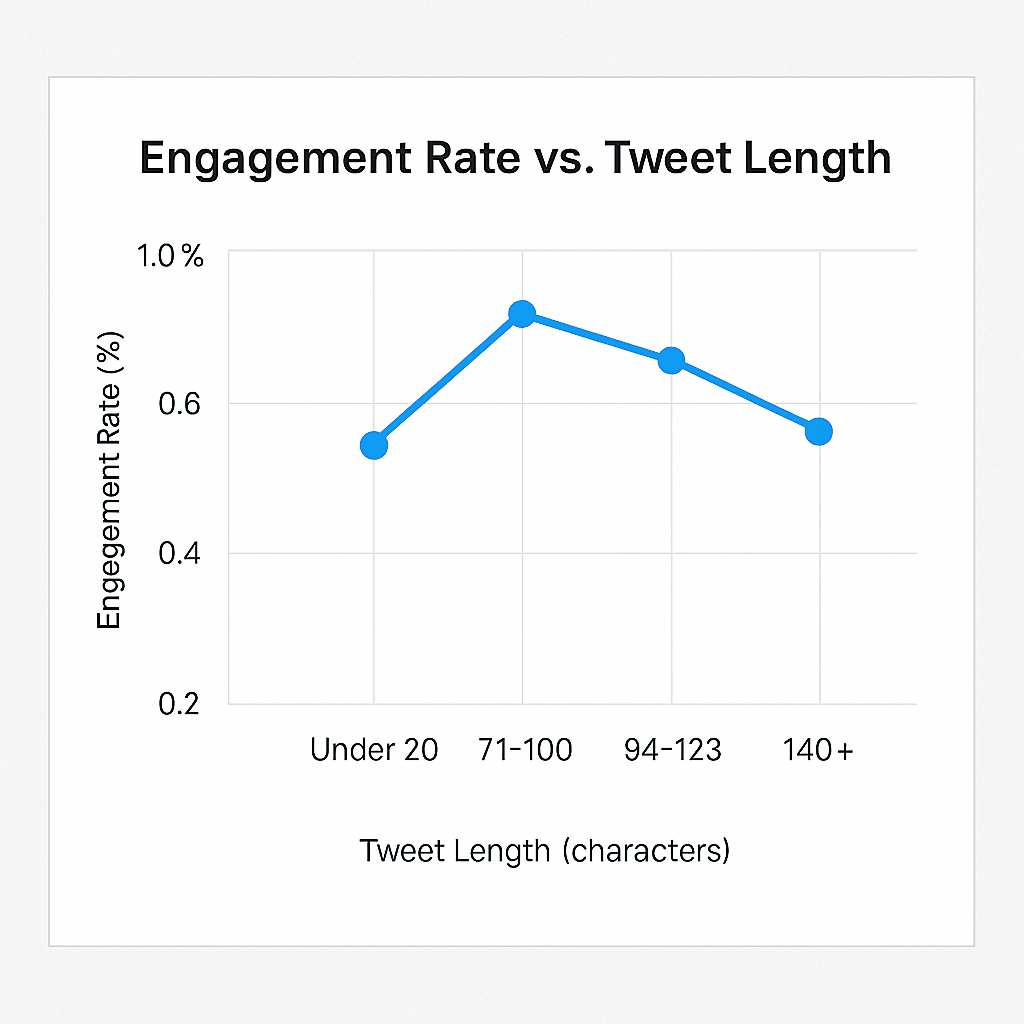
Step 9: Hashtags Can Be Helpful - Just Don’t Overdo It
It’s easy to overthink things on Twitter — what to post, when to post it, even whether or not to throw in a hashtag. In my experience, tweets do best when they feel natural.
One or two tags can help, especially if they match what you’re saying. But once you start stacking too many, it just makes the post feel cluttered. If a tag doesn’t add anything, I usually leave it out.
Step 10: Polls Are Easy - And People Love Clicking Stuff
Polls on Twitter are kind of underrated. They take no time to vote on, and for some reason, people just love weighing in.
Sometimes it’s just fun — like picking between two silly options. Other times, it actually surfaces opinions you didn’t expect.
Even the simple ones tend to get more engagement than you’d think. And the best part? No replies required — one click and people are in.
Step 11: Direct Messages - Go Private When Needed
Sometimes you just need to take a conversation off the timeline. That’s where DMs come in.
Whether it’s helping a customer out or chatting with someone about a future collab, having a private space makes it easier. Not everything needs to be public.
And honestly, a lot of cool partnerships start with a simple DM. Just gotta make sure yours are open so people can actually reach you.
Step 12: Twitter Ads - Your Amplification Tool
- Twitter ads can come in handy when you want a little extra reach — especially if a post is already doing well.
- Most folks start by picking one thing they want: clicks, views, or just getting seen more.
- Even a small budget can get decent traction if the tweet hits the right note.
- Targeting helps a lot — choosing who sees it makes more difference than you’d expect.
- Sometimes it takes a few tries. Tweaking the creative or the setup mid-way isn’t uncommon.
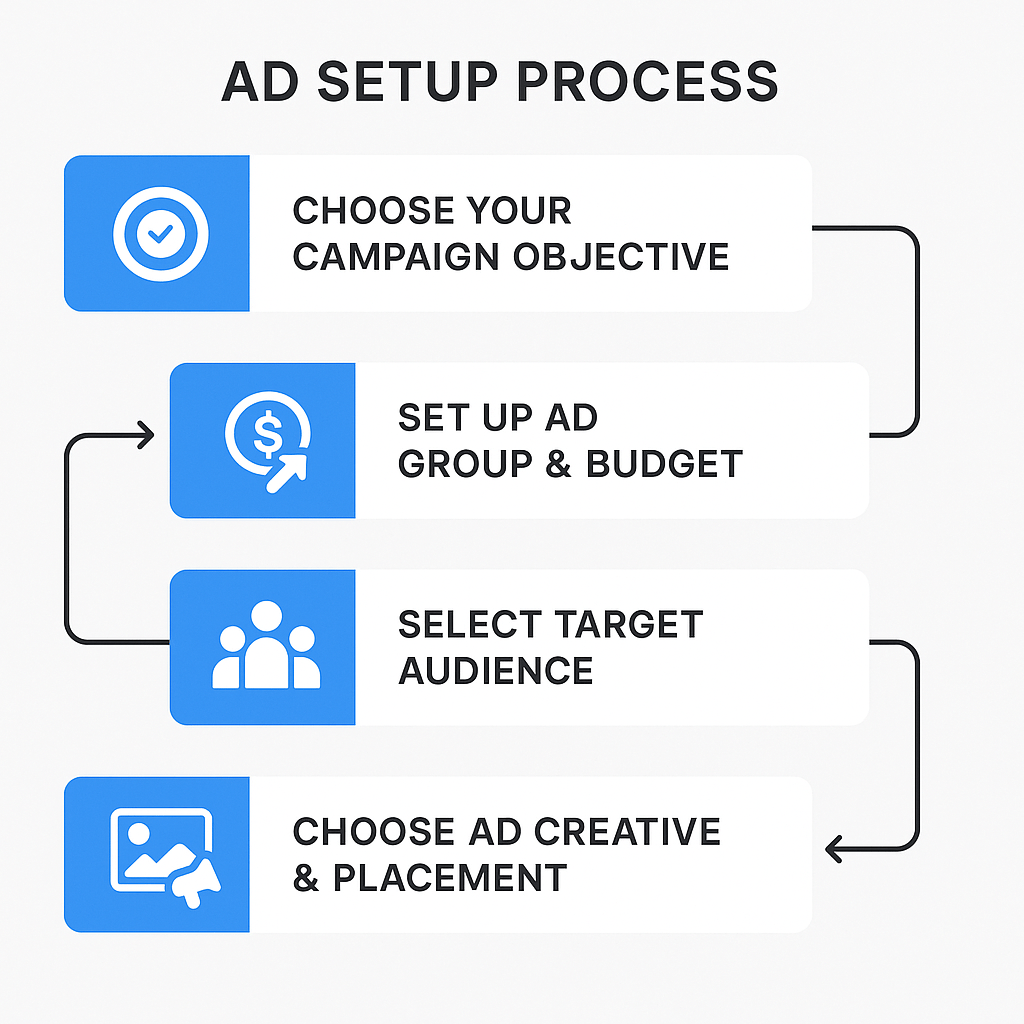
FAQs about Twitter Spaces
Nope. Even with just a handful of listeners, you can have solid conversations — especially if you bring in good guests or promote it a bit ahead of time.
It makes your brand feel more real. You’re not just posting — you’re talking, connecting, and building trust.
Let folks know early, tag co-hosts, and post a few reminders. It’s like inviting people to a live event — the more heads-up they get, the better.
Yeah! Twitter Studio’s handy, and things like Canva, Spaces Scheduler, and Kapwing make content prep way easier.
Absolutely. You can turn on recording when you go live, and it’ll be available afterwards for anyone who missed it.
Could be anything from Q&As and expert interviews to product drops or just chatting about trending stuff in your niche. Whatever fits your brand vibe.

